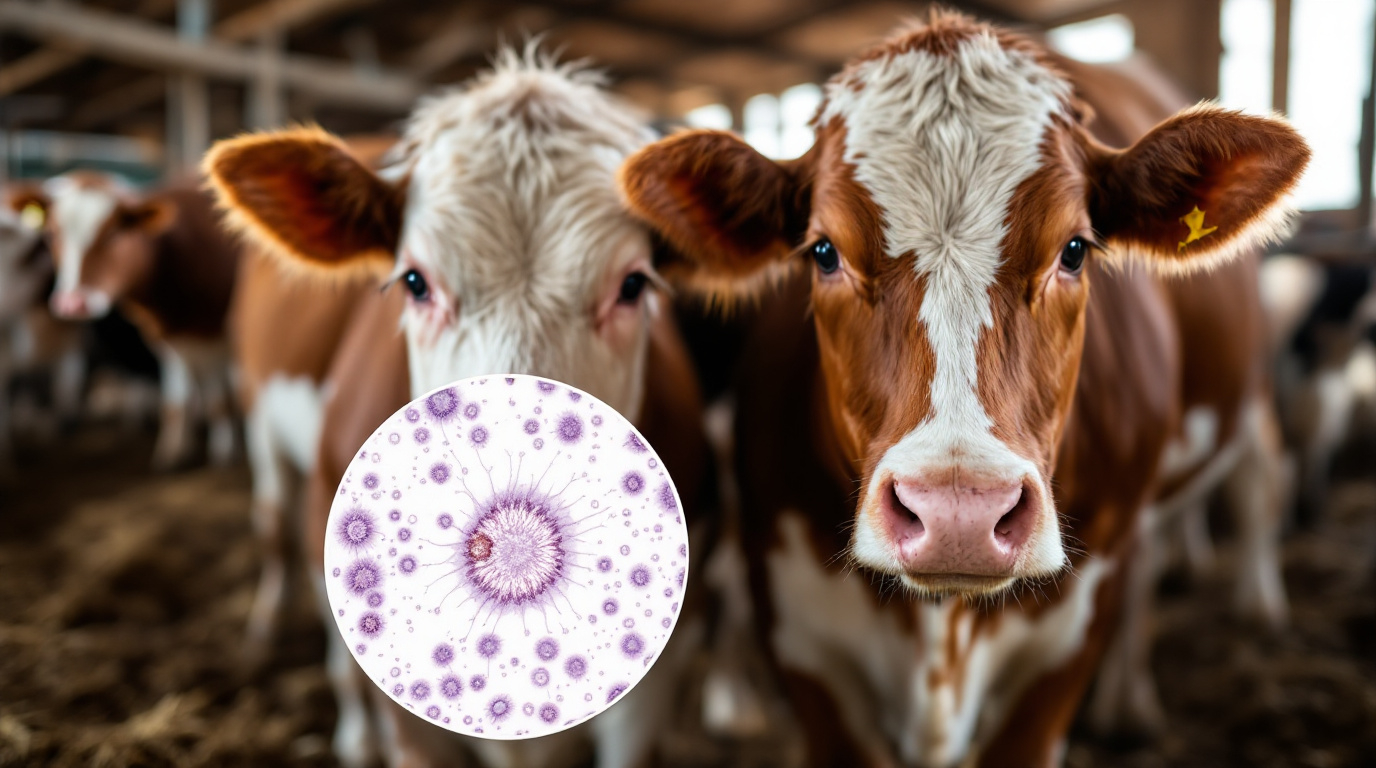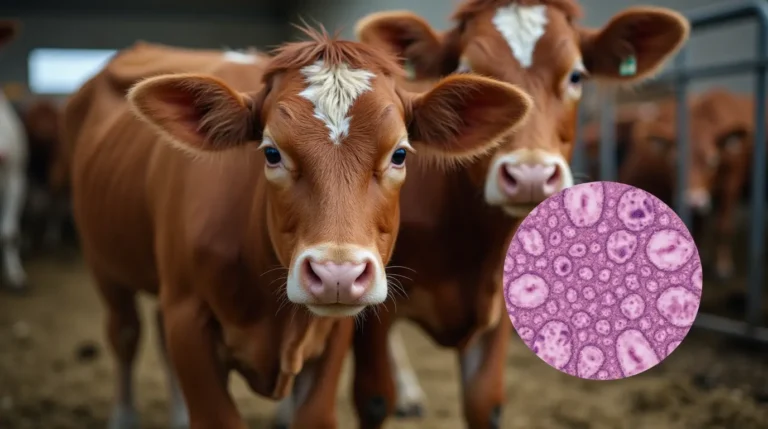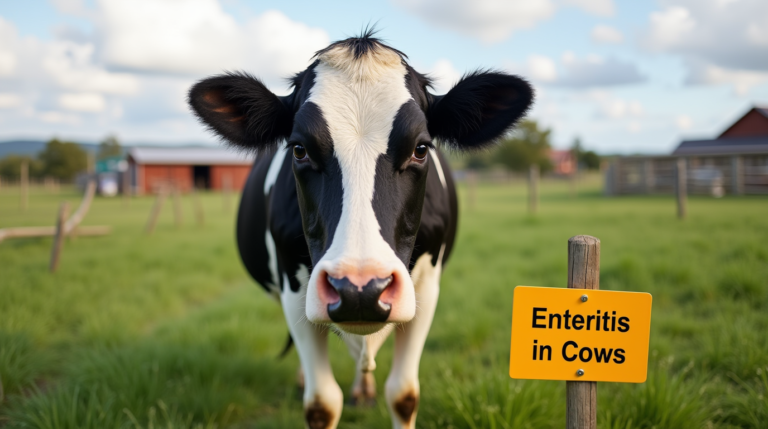Protect your cattle’s health! Learn about intestinal parasites in cattle , their devastating impact, and expert strategies for prevention, diagnosis, and treatment.
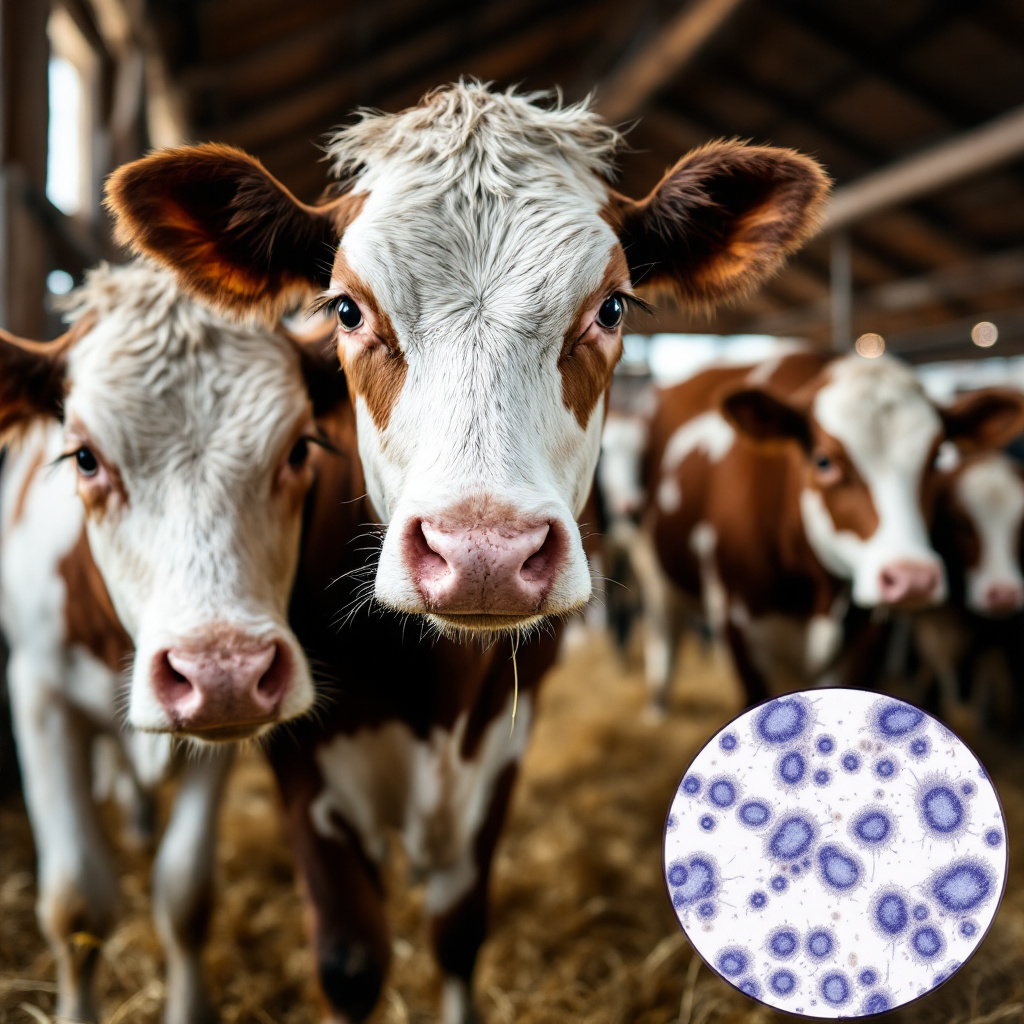
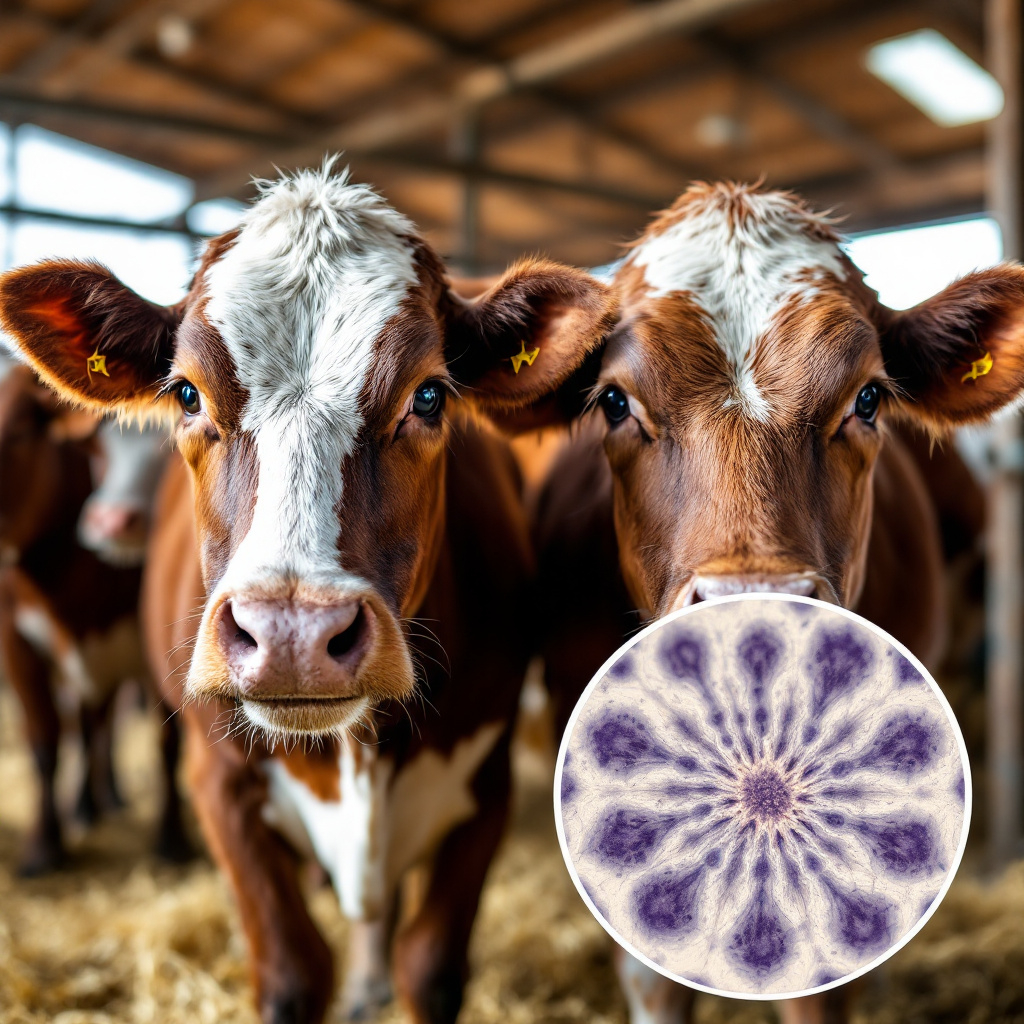
Table of Contents
Intestinal parasites in cattle represent a critical challenge for livestock managers, veterinarians, and farmers worldwide. These microscopic invaders can silently compromise animal health, reduce productivity, and potentially cause significant economic losses if left unchecked. Understanding the complex landscape of intestinal parasites is not just a matter of animal welfare—it’s a fundamental aspect of sustainable agricultural management.
Modern cattle operations face increasing pressure to maintain optimal herd health while minimizing chemical interventions. This comprehensive guide will explore the intricate world of intestinal parasites in cattle, providing farmers and veterinary professionals with actionable insights to protect their herds effectively.
Understanding Intestinal Parasites in Cattle
Types of Intestinal Parasites
Cattle can be affected by several types of internal parasites, including:
- Roundworms (Nematodes)
- Ostertagia ostertagi (Brown stomach worm)
- Haemonchus placei (Barber’s pole worm)
- Cooperia species
- Tapeworms (Cestodes)
- Moniezia expansa
- Thysaniezia giardi
- Flukes (Trematodes)
- Fasciola hepatica (Liver fluke)
Transmission and Risk Factors
Intestinal parasites in cattle spread through multiple pathways:
- Contaminated pasture
- Infected water sources
- Contact with infected animals
- Poor sanitation practices
- Insufficient quarantine protocols
8 Critical Signs of Intestinal Parasitic Infection
1. Reduced Weight Gain and Poor Body Condition
Parasitic infections can dramatically reduce nutrient absorption, leading to:
- Stunted growth in young cattle
- Significant weight loss
- Decreased muscle mass
2. Chronic Diarrhea
Persistent digestive disturbances indicate potential parasitic invasion:
- Watery, inconsistent stool
- Potential dehydration
- Nutrient malabsorption
3. Dull and Rough Hair Coat
External indicators of internal health problems:
- Lackluster appearance
- Hair becomes brittle and dry
- Potential sign of systemic nutritional deficiency
4. Decreased Milk Production
For dairy herds, parasites can substantially impact productivity:
- Reduced milk volume
- Lower milk quality
- Increased metabolic stress
5. Anemia and Pale Mucous Membranes
Severe parasitic loads can cause:
- Reduced red blood cell count
- Pale gums and eye membranes
- Potential respiratory complications
6. Pot-Bellied Appearance
Visible physical manifestation of parasitic infection:
- Swollen abdominal region
- Potential fluid accumulation
- Indication of severe digestive tract inflammation
7. Reduced Feed Intake
Parasites can suppress appetite:
- Decreased grazing behavior
- Lower feed conversion rates
- Potential long-term nutritional challenges
8. Weakness and Lethargy
Systemic impact of parasitic invasion:
- Reduced activity levels
- Increased susceptibility to secondary infections
- Compromised immune response
Diagnostic Approaches
Veterinary Examination Techniques
- Fecal egg count analysis
- Blood tests
- Physical health assessment
- Advanced diagnostic imaging
Laboratory Testing
Comprehensive parasitic screening involves:
- Microscopic fecal examination
- Specific antigen detection
- Serological testing
Treatment Strategies
Pharmaceutical Interventions
- Broad-Spectrum Anthelmintics
- Ivermectin
- Fenbendazole
- Albendazole
- Targeted Deworming Protocols
- Seasonal treatment schedules
- Age-specific medication
- Rotating medication classes
Integrated Management Approaches
- Rotational grazing
- Quarantine procedures
- Regular herd health monitoring
Prevention Strategies
Pasture Management
- Implement rotational grazing
- Maintain proper stocking density
- Regular pasture cleaning and maintenance
Nutritional Support
- Balanced mineral supplementation
- High-quality feed
- Immune system boosting nutrients
Biosecurity Measures
- Strict quarantine for new animals
- Regular veterinary check-ups
- Comprehensive herd health records
Recommended Products for Parasite Management
1. Ivermectin Pour-On Dewormer
- Broad-spectrum parasite control
- Easy application
- Suitable for various cattle ages
2. Fecal Egg Count Test Kit
- Professional-grade testing
- Home diagnostic capabilities
- Early detection of parasitic loads
3. Mineral Supplement with Parasite Resistance
- Enhanced nutritional profile
- Supports immune system
- Reduces parasite susceptibility
4. Cattle Handling System
- Facilitates regular health checks
- Minimizes stress during treatment
- Improves overall herd management
Frequently Asked Questions
Q1: How often should cattle be dewormed? Typically, 2-4 times annually, depending on environmental conditions and veterinary recommendations.
Q2: Can parasites become resistant to medications? Yes, frequent use of the same medication can lead to resistance. Rotation and strategic treatment are crucial.
Q3: Are some cattle more susceptible to parasites? Young, elderly, and immunocompromised animals are more vulnerable to parasitic infections.
Conclusion
Managing intestinal parasites in cattle requires a holistic, proactive approach. By understanding transmission mechanisms, recognizing symptoms, and implementing comprehensive prevention strategies, farmers can safeguard their herds’ health and productivity.
Share Your Experience! Have you encountered challenging parasitic issues in your cattle? Leave a comment below and help our farming community learn and grow together.
Disclaimer: Always consult with a professional veterinarian for personalized herd health management.
Explore more expert pet and livestock care tips at BlithePet .

